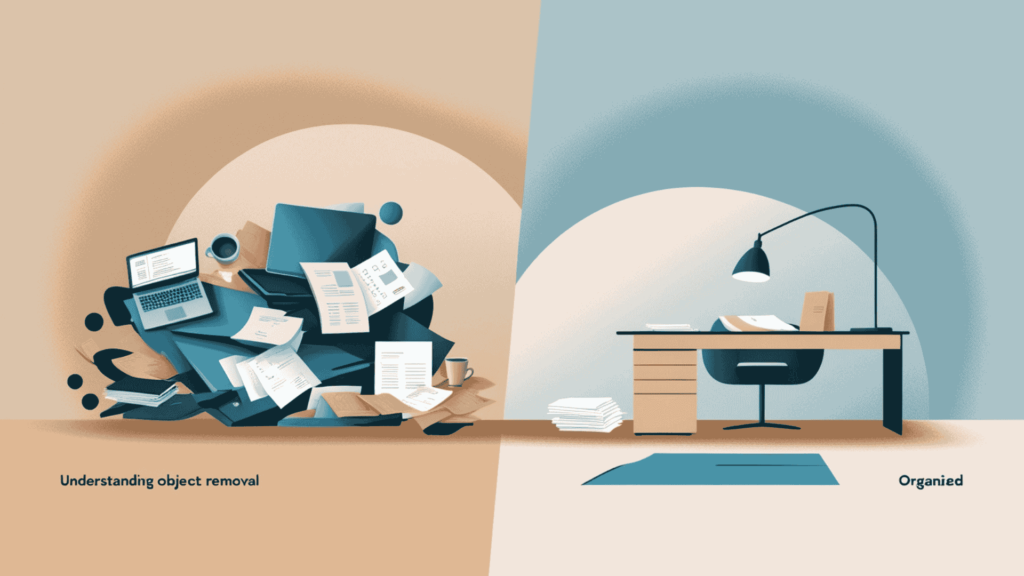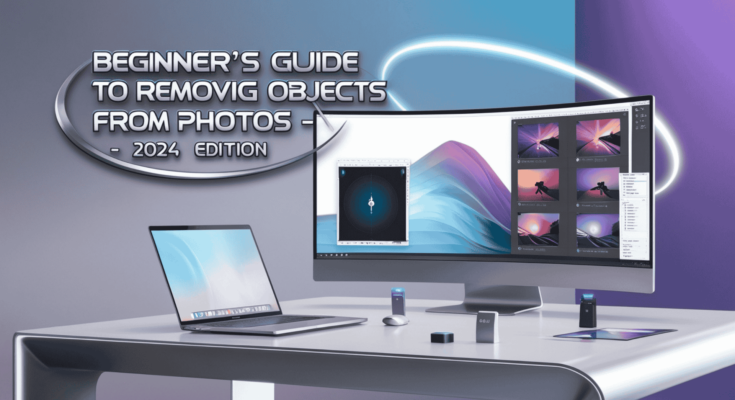Greetings! Have you ever made sure there is no one or object in your picture and then, upon transferring or editing, found the wrong person there?
A simple virtue that can work out wonders in image enhancement is that of eliminating distractions from the pictures.
In this ultimate guide for beginners, we will share as many ways and applications that will help you to remove the objects from the pictures and make your images neater and, consequently, more refined. What can be done to perfect your appearance in those pictures?
Table of Contents
Understanding Object Removal

Photographic retouching is a process of deleting some objects from the photo so that they do not seem to exist within the frame. This can even be an additional piece of trash dropped on the ground to a crazy ex-boyfriend popping up in the scenery shot. Simply for that, it requires a sense of realization that these ‘distractions’ can turn an average picture into outstanding visual artwork.
Choose the Right Software
As for the proposed suggestions, there is a number of softwares that can be used to eliminate objects from photos. Some of the most popular ones include:
- Adobe Photoshop: Currently, it is possible to use Photoshop for photo editing – the flagship program of Adobe. Object removal tools include Clone Stamp, Healing Brush, and Content-Aware Fill.
- GIMP: GIMP is a free software which is somewhat like Photoshop. This enables users to use the Clone Tool or Healing Tool to blur out any unstick event objects.
- Online Tools: But for those who do not wish to download software, web-based editors are available that can also be used for quick editing and are as effective as the previous ones, such as Fotor and Pixlr.
Selection of the software depends on the competence level of the user and the kind of object removal which is needed.
Some Simple Methods of Eradicating Objects
Objects can be erased from photos using a number of methods as stated below. Here are some basic techniques to get you started:
- Clone Stamp Tool: This tool enables one to pick color pixels from one area of the image and use it to paint another area of the image. You then select the palette that has the duplicated area you wish to paint the unwanted object.
The technique above needs a lot of patience to master apart from one having a steady hand and sharp vision.
- Healing Brush Tool: The Healing Brush combines the sampled pixels with the surroundings so this is perfect for eradicating small objects. It is, however, most useful when one wants to remove blemishes or touch up the skin of the model.
- Content-Aware Fill: This a powerful tool in Photoshop which enables a user to select an object that they desire to remove and replace the region with nearby pixels. The software is able to identify the environment and bring this into the open space; the look is smooth.
Sophisticated Approaches to the Process of Erasing Objects
For those looking to take their editing skills to the next level, advanced techniques can yield even better results:
- Layer Masking: In this technique, several layers enable one to ‘cut out’ the object which one desires to eliminate. Using a mask allows you to exercise less invasive control and make better alterations to the chosen image.
- Patch Tool: It also has the patch tool in which you select an area around the object you want to remove and drag it to another area of similar color in the picture. They also found that this tool works best for the larger objects.
Frequency Separation: This advanced technique is also described as usually applied to professional retouching. It separates the image into two layers: one for the texture and the other for the color. This makes it very easy to edit the image without any loss of quality of the image generally.
Practical Advice for Dealing with an Object Removal
To ensure the best results when removing objects from your photos, consider the following tips:
- Zoom In: It is preferable to zoom in when making a change. This way, you produce clear vision and make sure that you do not leave any part of your skin uncleaned due to the mirror’s reflection.
- Take Your Time: Sometimes, object removal can take much effort. If you begin to rush, you’re likely to make a lot of errors; therefore, take your time and bring out the best in you.
- Practice: As is the case of any other skill, repetition is key ‘The only way to address a problem is to know its origin’. It is, therefore, advisable to try out varying tools and techniques to identify the type of tools that best suits her.
Conclusion
Finally, you can enhance the quality of your images by deleting objects from them and getting more professional-looking photos. Thus, knowing the tools and techniques that are available to you, you stand the chance of turning your photographs around and learning how to get rid of distractions.
What measures do you take to develop your photography skills and ensure you achieve that perfect finish on your photos?




